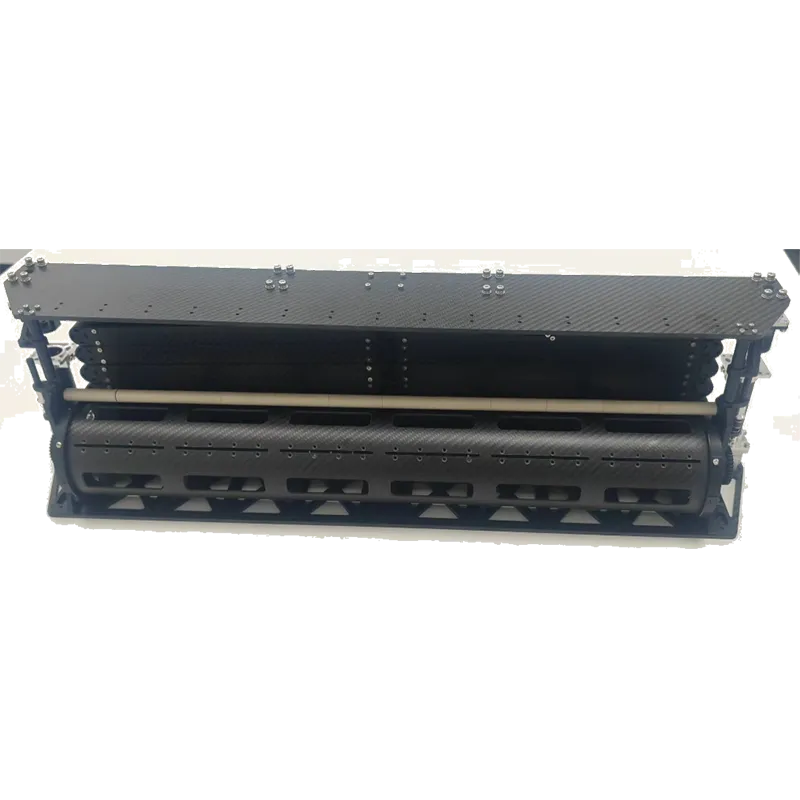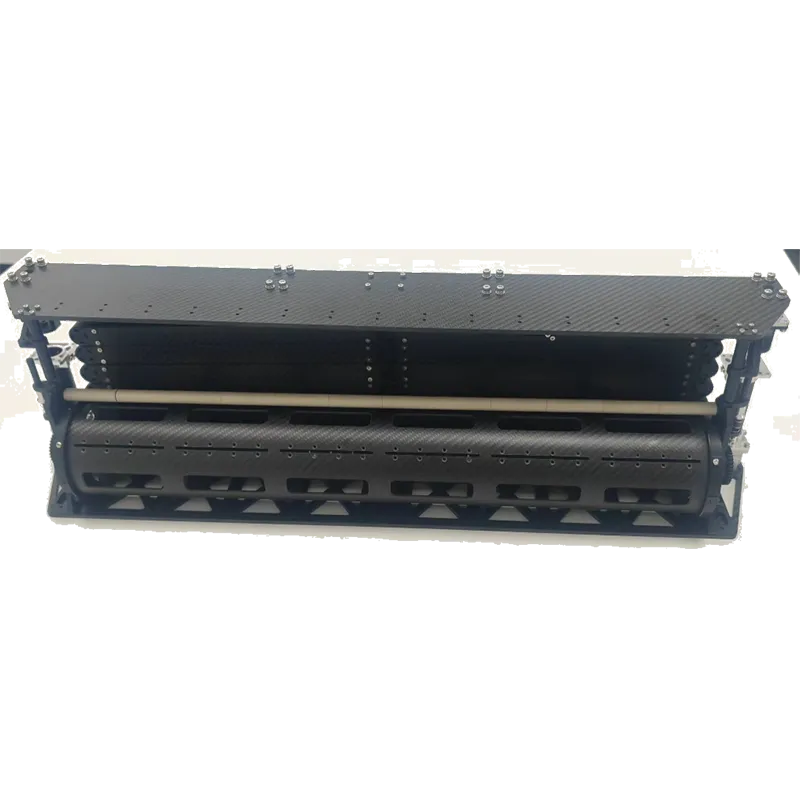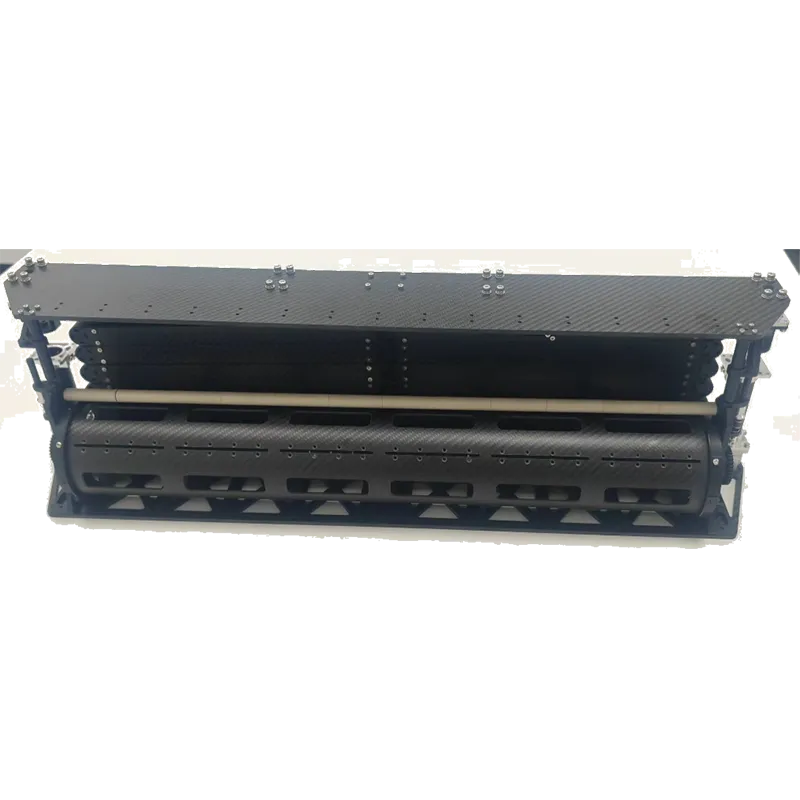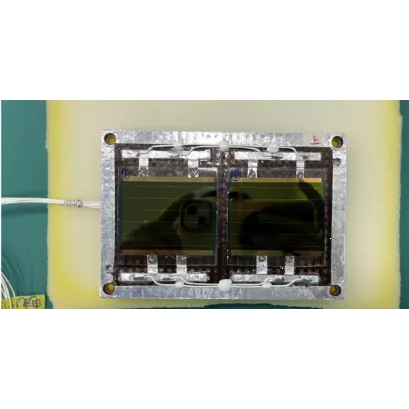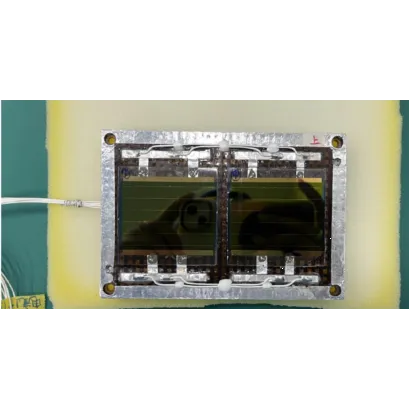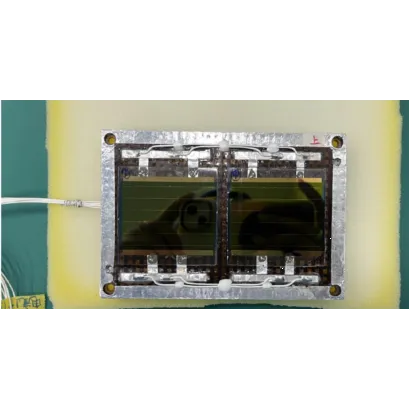
- Aafrika
- albaanlane
- amhari
- araabia keel
- armeenlane
- Aserbaidžaan
- baski keel
- valgevenelane
- bengali
- bosnia keel
- bulgaaria keel
- katalaani
- Cebuano
- Hiina
- Korsika
- Horvaatia
- Tšehhi
- taani keel
- hollandi keel
- inglise keel
- esperanto
- eesti keel
- soome keel
- prantsuse keel
- friisi keel
- Galicia
- Gruusia keel
- saksa keel
- kreeka keel
- gudžarati
- Haiti kreool
- Hausa
- havai
- heebrea keel
- Ei
- Miao
- ungari
- islandi
- igbo
- Indoneesia
- iirlane
- itaalia keel
- Jaapani
- jaava keel
- kannada
- kasahhi
- khmeerid
- Rwanda
- korea keel
- kurdi
- kirgiisi
- Tööjõud
- ladina keel
- lätlane
- Leedu
- Luksemburgi keel
- makedoonlane
- Madagaskari
- malai
- malajalami
- malta keel
- maoorid
- marati
- mongoli keel
- Myanmar
- Nepali
- norra keel
- norra keel
- oksitaan
- puštu
- pärslane
- poola keel
- portugali keel
- pandžabi
- rumeenlane
- vene keel
- Samoa
- šoti gaeli keel
- serblane
- inglise keel
- Shona
- Sindhi
- singali keel
- slovaki
- Sloveenia
- Somaalia
- hispaania keel
- sundalane
- suahiili keel
- rootsi keel
- tagalog
- tadžiki
- tamili keel
- tatarlane
- telugu
- Tai
- türgi keel
- türkmeen
- ukrainlane
- urdu
- uiguurid
- usbeki keel
- vietnamlane
- kõmri
- Abi
- jidiš
- joruba
- suulu
Satelliidiandmed
Satellite remote sensing data refers to information collected by satellites orbiting the Earth, including remote sensing satellite images, weather patterns, environmental changes, and communication signals. This satellite imagery in remote sensing is widely used in industries such as agriculture, disaster management, defense, and scientific research to support decision-making and innovation.
Interested in leveraging satellite data for your applications?
Täielikult sünergistage ressursside maksustamise suhteid professionaalsete nišiturgude kaudu.
Võtke meiega ühendustHow Is Satellite Data Collected And Used In Different Industries?
Satellite remote sensing data is gathered using specialized sensors and instruments mounted on satellites orbiting the Earth. These satellites use optical cameras, radar, infrared sensors, and communication systems to collect various types of data, which is then transmitted to ground stations for analysis. Depending on the type of satellite, data collection can range from real-time imaging to long-term environmental monitoring.One of the most significant applications of satellite images remote sensing is in weather forecasting and climate monitoring. Meteorological satellites track temperature changes, cloud formations, and atmospheric conditions, providing accurate weather predictions. This data helps in disaster preparedness, such as predicting hurricanes, floods, and wildfires, allowing authorities to take preventive measures.
In agriculture, satellite remote sensing is used for precision farming, crop monitoring, and soil analysis. By analyzing multispectral and infrared images, farmers can assess crop health, detect pest infestations, and optimize irrigation. This leads to increased crop yields and sustainable farming practices.
The environmental and geological sectors also heavily rely on remote sensing satellite image data. Scientists use it to track deforestation, ice cap melting, and ocean pollution, helping to monitor climate change and manage natural resources. Geological surveys use satellite imagery in remote sensing to detect earthquakes, landslides, and mineral deposits, supporting infrastructure planning and resource exploration.
With advancements in artificial intelligence and big data processing, satellite remote sensing data is becoming even more valuable, enabling faster and more accurate decision-making across various industries. Its role in global development, environmental protection, and security continues to expand.
How to Get Real Time Satellite Images and the Most Recent Satellite Images?
Accessing real time satellite images and the most recent satellite images is essential for applications requiring timely information, such as disaster response, weather monitoring, and hydrological assessments. Advances in satellite technology and data distribution have made it possible to obtain near real-time imagery with minimal delays.
To get real time satellite images, users often rely on satellite data providers or platforms that collect and process data from satellites equipped with rapid revisit capabilities. These satellites frequently capture and transmit images, sometimes multiple times per day, allowing users to monitor changes as they happen. The integration of satellite data with cloud-based processing and AI enables fast analysis and delivery.
When searching for the most recent satellite images, it’s important to select sources that provide high update frequency and high resolution. This is especially valuable in sectors such as water conservancy products and services or satellite remote sensing in hydrological data assimilation, where near real-time data impacts decision making and operational planning.
How Does Satellite Remote Sensing Support Hydrological Data Assimilation?
Satellite remote sensing has become a vital component in hydrological data assimilation, which is the process of integrating observational data into hydrological models to enhance the accuracy of predictions related to water movement, availability, and flood forecasting. Hydrological models rely heavily on accurate, timely data about various parameters such as precipitation, soil moisture, surface water extent, and land surface characteristics. Satellite remote sensing delivers precisely this kind of comprehensive and consistent data over large geographic scales, including regions where ground observations are sparse or nonexistent.
Using satellite remote sensing data, hydrologists and water resource managers can monitor watersheds, river basins, and catchment areas in near real-time, providing spatially continuous information that complements traditional ground-based sensors. This integration improves the performance of hydrological models by providing updated inputs that reflect current conditions, enhancing their ability to forecast floods, droughts, and changes in water availability. For example, satellite images with information about soil moisture and surface water distribution are indispensable in identifying potential flood zones and managing irrigation efficiently.
Access to remote sensing satellite image data of land use and water bodies plays a critical role in supporting integrated water management strategies and water conservancy products and services. Satellite data allows water managers to optimize reservoir operations, schedule irrigation, and plan for drought mitigation by offering detailed observations over wide and often remote areas. Furthermore, these satellite datasets are invaluable in satellite remote sensing in hydrological data assimilation, where the fusion of satellite data and hydrological models enables more precise and actionable forecasts. This capability not only improves operational decision-making but also supports long-term water resource planning and climate adaptation efforts, ensuring sustainable management of vital water systems.
Overall, satellite remote sensing offers a cost-effective, scalable, and accurate means of monitoring hydrological processes. Its integration with hydrological data assimilation elevates water resource management to a new level by providing high-quality data needed for timely, informed decisions in flood control, drought response, and sustainable water use.
What Is Ground Truthing and Why Is It Crucial in Satellite Remote Sensing?
Ground truthing is an essential validation process in satellite remote sensing that involves comparing and verifying satellite data with real-world observations collected directly on the ground. Although satellite sensors provide extensive spatial coverage and valuable information about the Earth’s surface, interpreting this data accurately requires confirmation that the spectral signatures and features detected by the satellite correspond correctly to actual land conditions. This step ensures that remote sensing products such as remote sensing satellite images are reliable and meaningful for applications like topographic mapping, land cover change analysis, agriculture, forestry, and urban planning.
Without ground truthing, satellite imagery risks misinterpretation due to atmospheric interference, sensor errors, or mixed pixel effects—where a single pixel captures multiple land types. Field verification allows analysts to calibrate and adjust their models to account for these factors. For example, in forestry or farmland monitoring, ground truth data helps confirm whether a satellite image’s vegetation index accurately represents plant health or biomass. Similarly, in satellite remote sensing data used for urban studies, ground observations verify building classifications and land use patterns detected by satellites.
Beyond validation, ground truthing supports the continuous improvement of satellite sensors and algorithms. By comparing satellite data with ground measurements, scientists can refine sensor calibration, enhance image processing techniques, and develop more accurate classification models. This iterative process bolsters the confidence of users relying on satellite-derived products for critical decisions in environmental management, disaster response, and resource monitoring.
Incorporating ground truthing is particularly important in advanced applications like satellite image deep learning, where training datasets require accurate labeling of satellite imagery features. Proper ground truth data ensures these machine learning models correctly identify and classify land cover types, leading to better automated analysis results. Ultimately, ground truthing bridges the gap between satellite observations and practical, real-world use, making it a foundational element of effective satellite remote sensing workflows.
Applications of Satellite Data in Different Industries
-
 Weather Forecasting and Climate MonitoringTracks atmospheric conditions, predicts storms, and helps in disaster preparedness.
Weather Forecasting and Climate MonitoringTracks atmospheric conditions, predicts storms, and helps in disaster preparedness. -
 Agriculture and Precision FarmingMonitors crop health, soil moisture, and pest activity to optimize farming practices.
Agriculture and Precision FarmingMonitors crop health, soil moisture, and pest activity to optimize farming practices. -
 Environmental and Geological AnalysisHelps study deforestation, climate change, ocean pollution, and natural resource exploration.
Environmental and Geological AnalysisHelps study deforestation, climate change, ocean pollution, and natural resource exploration. -
 Military and Security ApplicationsSupports surveillance, intelligence gathering, and border monitoring for national defense.
Military and Security ApplicationsSupports surveillance, intelligence gathering, and border monitoring for national defense.






